#thebattle #bookcampaign #booksontourpr #day5
Drawing on the themes of overcoming fear and anxiety, bravery, friendship, perception and positive thinking in Ashling Kwok and Cara King’s The Battle, we will be focusing on some fun and effective strategies to guide children along the path to triumphing over their battles. Students will be able to identify their fears and take action towards a happier mindset through mindfulness, creativity, and artistic skills with these few activities.
*The Battle, written by Ashling Kwok, illustrated by Cara King, published by EK Books, June 2020.
Key Curriculum Areas
English
Literature and context
Age Range –
4 – 8 years
Discussion –
Look at the cover of The Battle. What do you think this story is about? What do you think of the characters down the side? How do you think the boy feels and why might he be dressed in a knight suit?
Why might Edward be scared of going to school? What does he do to try make himself feel better?
What are you scared of? What kinds of things might you do to be brave? What could you tell yourself?
What are some good ways to make friends and be a good friend? How did the ogres and dragons help Edward feel safe enough to play?
What did Edward realise about his shield and armour in the end? Was it really there all along, and did he need it? How does he feel at the end of the story? Make a list of all the emotions Edward went through in the story – how many can you come up with?
Fear Fighting Task: Close your eyes and use your imagination to protect yourself from something that is scary. Once you’ve fought your battle, take it off – are you more brave now?
Materials –
Identify the Fear: My body when I have fear template, pencils
Courage rocks: small pebbles, paint
Brave pendant: air drying clay, tools for stamping / engraving letters, to punch a hole, optional chain / necklace for wearing
Shield: Shield Template, coloured pencils, scissors
Directions –
 Identify the Fear with Body Mapping:
Identify the Fear with Body Mapping:
Outcome – Your child will be able to better understand how their emotions affect the way their body feels, and thus, formulate strategies to regulate the anxiety.
- Talk with your child about WHAT the fear is. Talk about WHERE in their body they can feel it – ask them to touch these areas. An ache in the head, goosebumps on the arms, holding your breath, heart racing, butterflies in the tummy, shaky hands, etc.
- Use the body outline template to draw, write and point to the areas that they feel the fear. Draw clothes and colour in.
Courage Rocks and Brave Pendants:
Outcome – These tangible, concrete activities help children to cope with the fear by acting as a physical reminder to be brave, use their coping skills and be positive that the fear will not always last.
- Brainstorm some words or phrases that could be painted on the pebble / stamped on the clay as a reminder to be brave and use those coping strategies. Could be as simple as the words ‘brave’, or ‘have courage’, or ‘breathe’.
- For the courage rocks, simply create a design and paint! You can make as many as you like and your child could carry a different one each day.
- For the brave pendant, use a rolling pin to flatten out some clay. Cut the desired shape and use stamping letters or a thin tool to write and punch a hole. Allow to dry. Your child could carry this in their pocket or wear around their neck or wrist on a chain.
- EXTRA! Make some with your friends! Share your victories together!
Image Credit: alleluiarocks.com
 Create a Shield with a Mantra:
Create a Shield with a Mantra:
Outcome – Your child will be encouraged to think positive thoughts at their heightened times of anxiety with a mantra that is meaningful to them.
- Encourage your child to discuss when they need to show courage in their everyday activities. Brainstorm or find quotes or phrases that meaningfully apply to your child’s need to conquer a particular fear. Some examples might include, ‘be brave, be bold, be you’, ‘think happy and be happy’, ‘you’ve got this’, ‘never give up’, ‘today is your day’.
- Download and print the shield template, or make your own using cardboard. Get arty and creative with decoration.
- Write your favourite mantra on the shield. Cut out and display this where your child can read the mantra everyday and remind them to say it in their head over and over.
EXTRA!
You can find some ‘battle-tastic’ teaching notes available on EK Book’s website. Click here!
Visit Ashling Kwok at her website |author website | facebook | twitter | instagram
The Battle is available for purchase from EK Books | Booktopia.
#BookGiveaway! Prepare to WIN The Battle!
Enter here for your CHANCE to WIN a copy of this fun and inspiring book.
Uncover the power of Ashling Kwok’s story, The Battle, with special appearances at the following media sources…
Subscribe at Books On Tour PR & Marketing to stay in the loop.










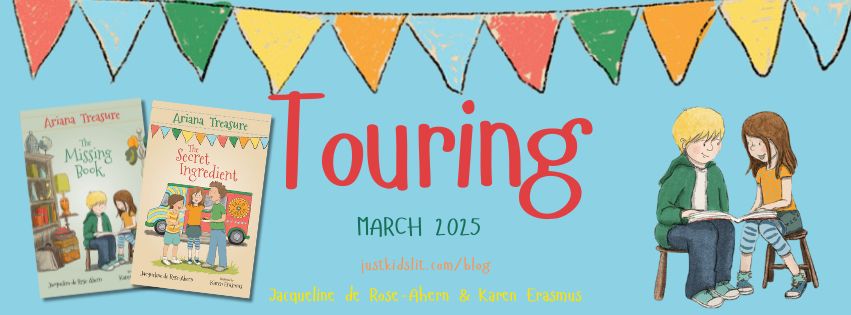
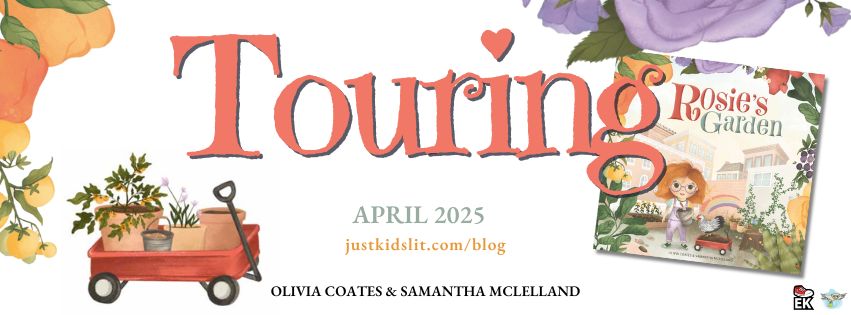
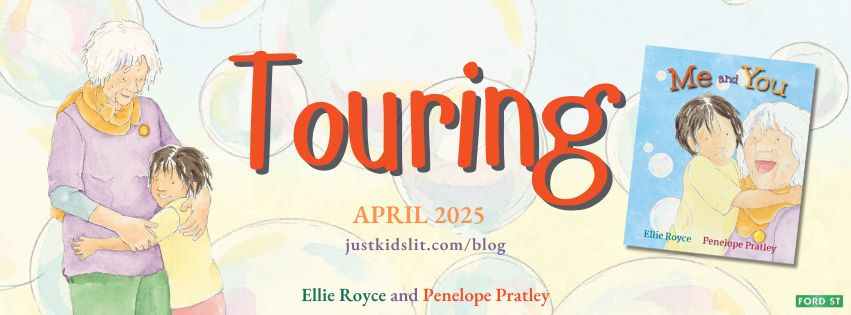
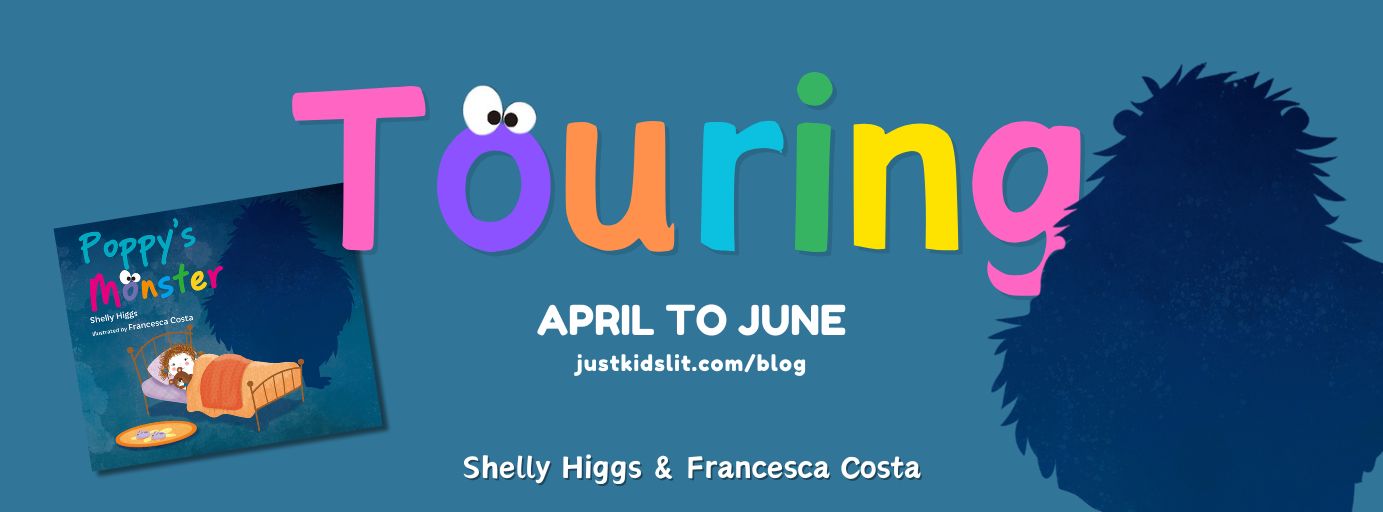
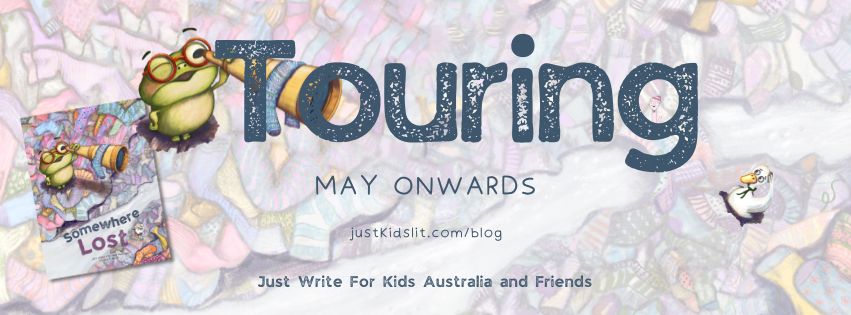





2 thoughts to “The Battle: Fear Fighting Tasks for Young Battlers”
This is brilliant!
Thanks, Deb! These can be used with The Scared Book, too! 🙂